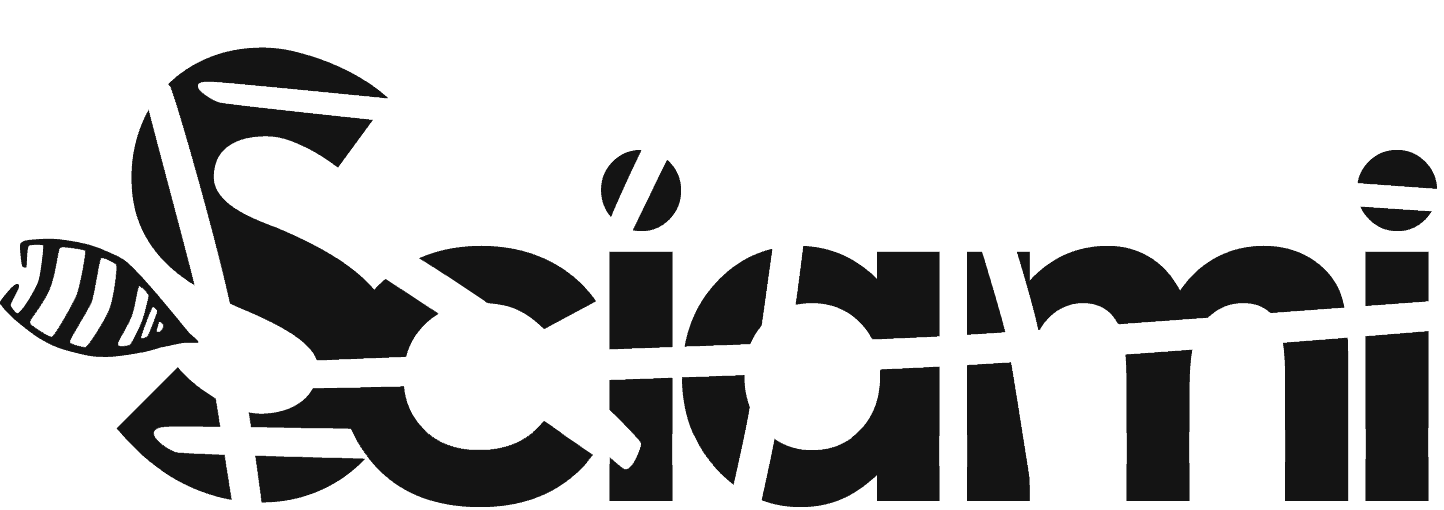translated from Italian by Thomas Haskell Simpson
Examining the bases underlying the practice of conducting research as one’s work, I can identify three factors that orient my procedure.
First comes the affective dimension, the sense of urgency that induces one to study, investigate, and acquire knowledge. This affective dynamic triggers a cognitive-analytical process—the second factor—during which data provokes hypotheses, description, and reasoning about previously-unexamined phenomena, leading in turn to a continuous re-evaluation of analytical and observational methods. Initial hypotheses come to be perfected by sharing expertise concerning the phenomenon under investigation. The third element in research practice is the pragmatic evaluation of deductive results.
Research is not about adhering to (or rejecting) a pseudo-radical opposition between material artwork and immaterial practice, demonizing the product while glorifying process disconnected from results. The relation between idea and action must be revealed. Popper claims that research begins with a problem. Feyerabend adds, “First we have an idea, or a problem, and then we take action […]. For example, we must be attentive to the fact that the idea of freedom becomes clear only through the very same actions that would create freedom.”1 That is, the (cognitive and creative) process is not guided by a defined program, but, rather, by passion.
Drawing from my own experience—of study as labor and labor as research—I would cite here three basic texts that have guided me in this direction: Paul K. Feyerabend, Against Method (New Left Books, London, 1975); Aldo Gargani, Il sapere senza fondamenti (Einaudi, Turin, 1975); and Thomas Kuhn, The Structure of Scientific Revolutions (University of Chicago Press, Chicago, 1962). All these texts turn on the same question: how does it happen that a scientific discovery is acquired and recognized?
This incorporated ethics has guided the actions that have produced the second issue of Sciami/ricerche, in which we offer five texts that trace the productive process, clash with epistemological fetishes, and sketch maps of zones typically left in shadow.
Suoni, visioni e affetti. Sugli aspetti para-teatrali dell’azione teatrale [Sounds, Visions, Affects. On the Para-Theatrical Aspects of Theatrical Action], by logical and ‘cognitivist’ philosopher (and physicist) Giovanni Iorio Giannoli, proposes a cognitive approach to the arts. Giannoli comes from outside theater studies, a viewpoint that Sciami/ricerche seeks to promote in order to broaden theoretical perspectives, drawing in fields that have not typically considered the performing arts. Giannoli takes up the debate that has arisen around the question of voice (or rather, as the author defines it, on “the cognitive meaning of meaningless theater”) in the thought of Julia Kristeva in the Seventies, Adriana Cavarero in the Nineties, and more recently, Helga Finter. According to Giannoli, “The debate appears to us today to be based on intrinsically fragile assumptions (semiology, Lacan). Nor has it demonstrated any interest in the new knowledge that began to take shape in those very years (from the Seventies on) concerning the workings of the human mind […]. The ‘schools’ of continental philosophy took no account—perhaps were incapable of taking account—of these new developments (in philosophy, psychology, sociology, science, and aesthetics), and they continue not to do so, because they regard with extreme suspicion (and baseless snobbery) all empirical perspectives and viewpoints derived from the Enlightenment, from the analysis of the logical structure of the mind and language, which characterizes contemporary ‘analytic’ philosophy.” (G.I. Giannoli, in an email sent to V. Valentini, August 5, 2017).
In “Su alcuni vantaggi e svantaggi della nozione di post-drammatico” [On Advantages and Disadvantages of the Notion of the Post-dramatic], theater historian Didier Plassard, a specialist in puppet theater, discusses a text whose Italian version appeared recently in CUE Press, translated by Sonia Antinori: Postdramatisches Theater, by Hans Thies Lehmann (Verlag der Autoren, Frankfurt a.M., 1999). According to Plassard, the book, “rapidly acquired the status of a general theory of contemporary theatrical creation.” What led to the success of this study and its rapid transformation into doxa?
Linn Settimi’s contribution, “Il coro some soggetto negato e l’eterno conflitto con l’individuo nel teatro di Einar Schleef” [The Chorus as Negated Subject and the Eternal Conflict with the Individual in the Theater of Einar Schleef], presents a potent vision of this German director, little-known in Italy or beyond the circle of German Studies scholarship. The thought and practice of Eineer Schleef, exemplified in several of his spectacles, are particularly interesting in their approach to tragedy, community, and the relation between the individual and the collective, all themes generally neglected by postmodernism.
Attention to studies of vocality is marked here by the publication in Italian of a text we may consider “archeological”: “The Voice”, by Guy Rosolato, introduced and edited by Piersandra di Matteo, whose reflections establish a dialogue with Helga Finter’s article published in the first issue of Sciami/ricerche, “Mimo di voci, mimo di corpi: intervolcalità in scena” [Mime of Voice, Mime of Bodies: Intervocality on Stage”].
“Le fonti, i metodi e le narrazioni della storia della videoarte in Italia negli anni Settanta. La Terza Biennale Internazionale della Giovane Pittura, Gennaio ‘70” [Sources, Methods, and Narratives of Italian Video Art in the Seventies. The Third International Biennial of Young Painters, January ‘70] is an essay by Pisa Parolo taken from a chapter in her voluminous doctoral thesis (directed by Cosetta Saba, University of Udine). Parolo offers an attentive review of sources to reconstruct the phenomenon of video art in Italy, creating a map of archives, collections, and other resources concerning video art and artists’ films in Italy.
“L’Atlante iconografico” [Iconographic Atlas] by Lucia Pinzani collects a sampling of sound architectures, from the famous Philips Pavilion (created by Le Corbusier for the Brussels International Exposition in 1958, which combined music by Edgar Varese and Iannis Xenakis with images), to Max Neuhaus’s Fan Music (sited on New York building roofs in 1968), to the “listening” strolls for walkers wearing headphones created by Janet Cardiff in London in 1999, entitled Map for the Missing Voice (Case Study B).
- Peter Feyerabend, Contro il metodo, Feltrinelli, Milan, 1979. P. 23. ↩
